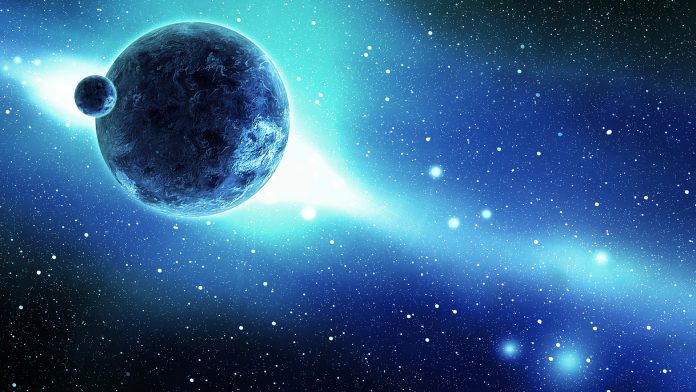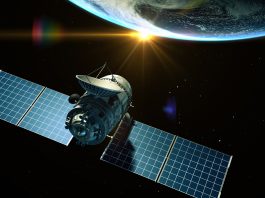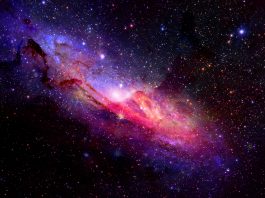Remains of tidal arms derived from interactions with satellite galaxies in the distant past was discovered by astronomers at the edge of the Milky Way Galaxy.
The Milky Way Galaxy
The Milky Way Galaxy is surrounded by approximately 50 satellite galaxies and has engulfed numerous galaxies in its past. Currently, the Milky Way is thought to have been perturbed by the Sagittarius dwarf galaxy. However, in its more distant past it may have interacted with another intruder, known as the Gaia Sausage, which has now dispersed its debris into the stellar halo on the outer rim of our galaxy.
“Typically, this region of the Milky Way Galaxy has remained poorly explored due to the intervening dust which severely obscures most of the Galactic midplane,” said Chervin Laporte, first author in this study from the Kavli Institute for the Physics and Mathematics of the Universe. “While dust affects the luminosity of a star, its motion remains unaffected. As a result, one can use the stars motion to perform tomography of the Galaxy’s outermost regions,” he added.
The study
The researchers proposed the hypothesis that these thin structures were remains of tidal arms from the Milky Way Galaxy disc, which were noted at different times by various satellites in past studies conducted by researchers.
“In an earlier study, we showed that one of the thread-like structures in the outer disc, called the Anticenter Stream, had stars which were predominantly older than 8 billion years, making it potentially too old to have been caused by Sagittarius alone but more in line with a Sausage origin. Another possibility would be that not all these structures are actually genuine disc substructures, but instead form the crests of vertical density waves in the disc seen in projection forming an optical illusion that the disc is highly sub-structured,” explained Laporte.
Laporte and their team took the Gaia motion data–which was made available in December 2020 by the European Space Agency–into consideration in order to identify coherent structures at the edge of the Milky Way Galaxy.
The map allowed researchers to reveal the existence of various, previously unknown, coherently rotating filamentary structures at the edge of the Milky Way Galaxy disc. Numerical simulations predict such filamentary structures to form in the outer disc from past satellite interactions. However, it was noted that the sheer quantity of substructure revealed by this map was considerably unexpected by the scientists who conducted this study and remains a mystery. Laporte and their team were also able to gain a sharper look into a global view of previously known structures.
To further understand and establish the differences and similarities between the two, Laporte and their team have secured a dedicated follow up programme to utilise the WHT Enhanced Area Velocity Explorer (WEAVE) spectrograph. This offers researchers the opportunity to further disentangle the two, and to study the stellar populations in each substructure. Upcoming surveys will also offer enlightenment into their origins through complementary radial velocities, chemical abundances and potentially stellar ages.









